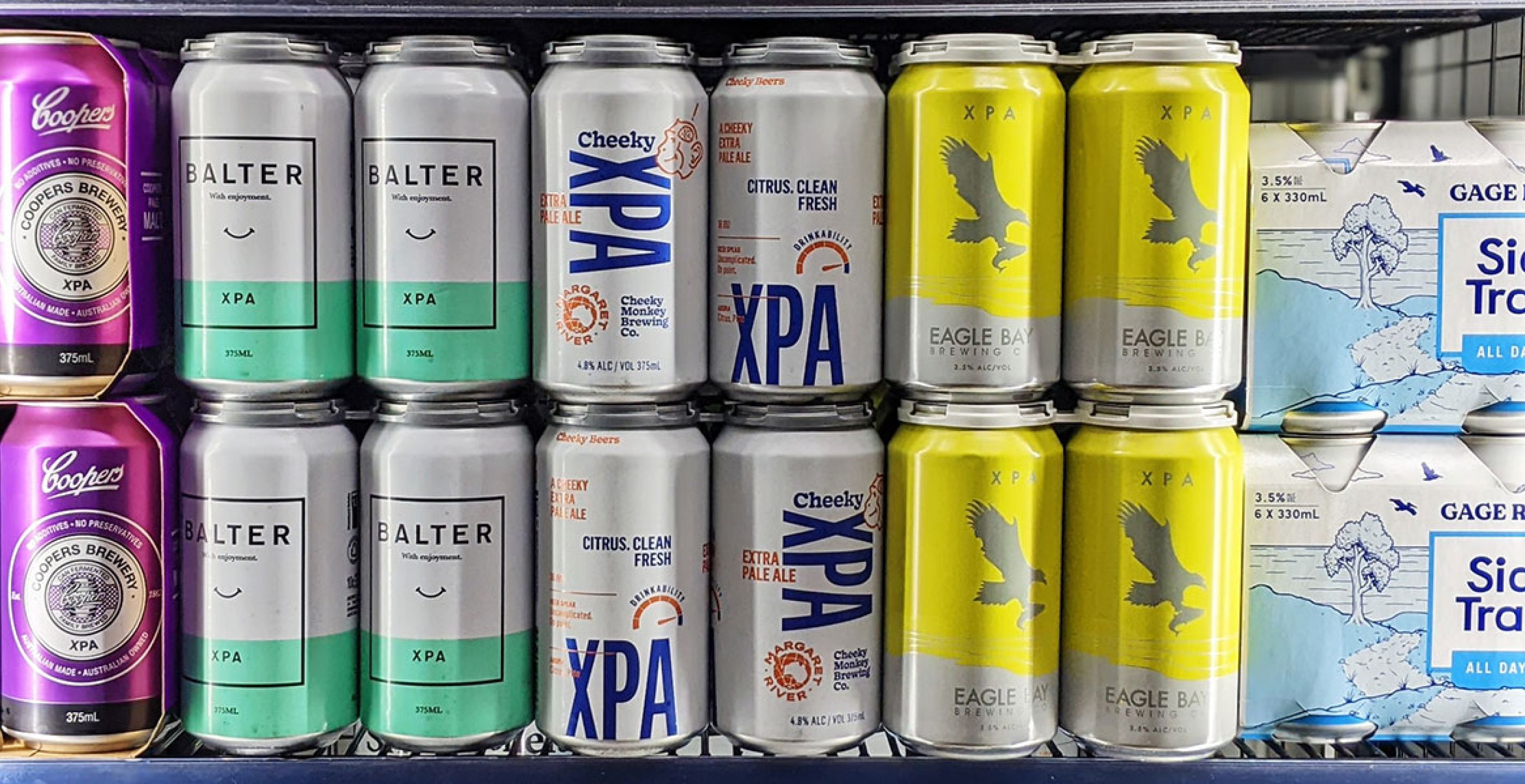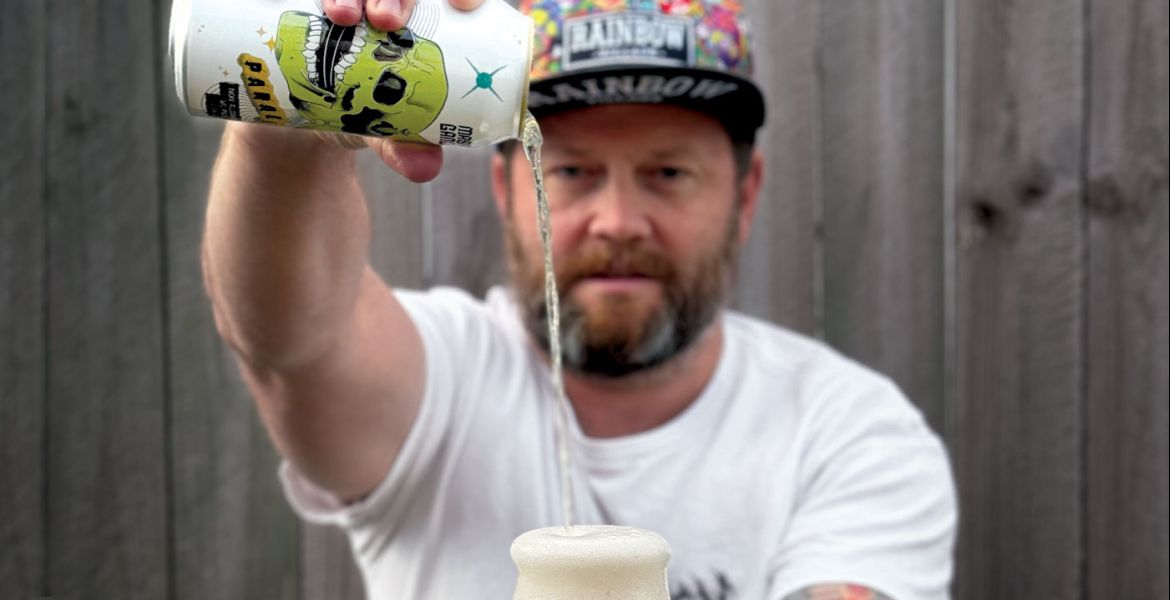They're probably not t-shirt worthy nor tattoo-able, they're more consumed than rated online, and the one in your hand is very likely core range rather than limited release too. Yet XPAs are one of the most widely available, and commonly brewed, beer styles in Australia, with some reaching the upper echelons of the GABS Hottest 100 despite the fact they're a humble kind of beer, typically bought by the four-pack or case rather than mixed six.
Despite the fact they've been around for close to a decade now, the style still itself isn't all that well defined, but XPA’s mongrel flexibility may provide a clue to its resilience: there's a range of expressions from no/low alcohol through mid-strength to hazy and DDH on offer, while supermarket brands have embraced the style too.
Arguably, it's the middle ground – a space captured by some of its earliest proponents – where XPAs have taken up residence and, in typically Australian fashion, not bothered to tell anyone they're staying a little longer than planned.
We’ve examined the style's origins and rise on this site previously, and while they may not have the hype of haze or the eye-catching nature of extravagant IPAs, XPAs have enjoyed a curious staying power, with the loosely-defined style now embedded in Australian drinking culture.
All of which seemed like a good reason to chat to some of those who've helped drive the growth to find out why.
Nascent XPA
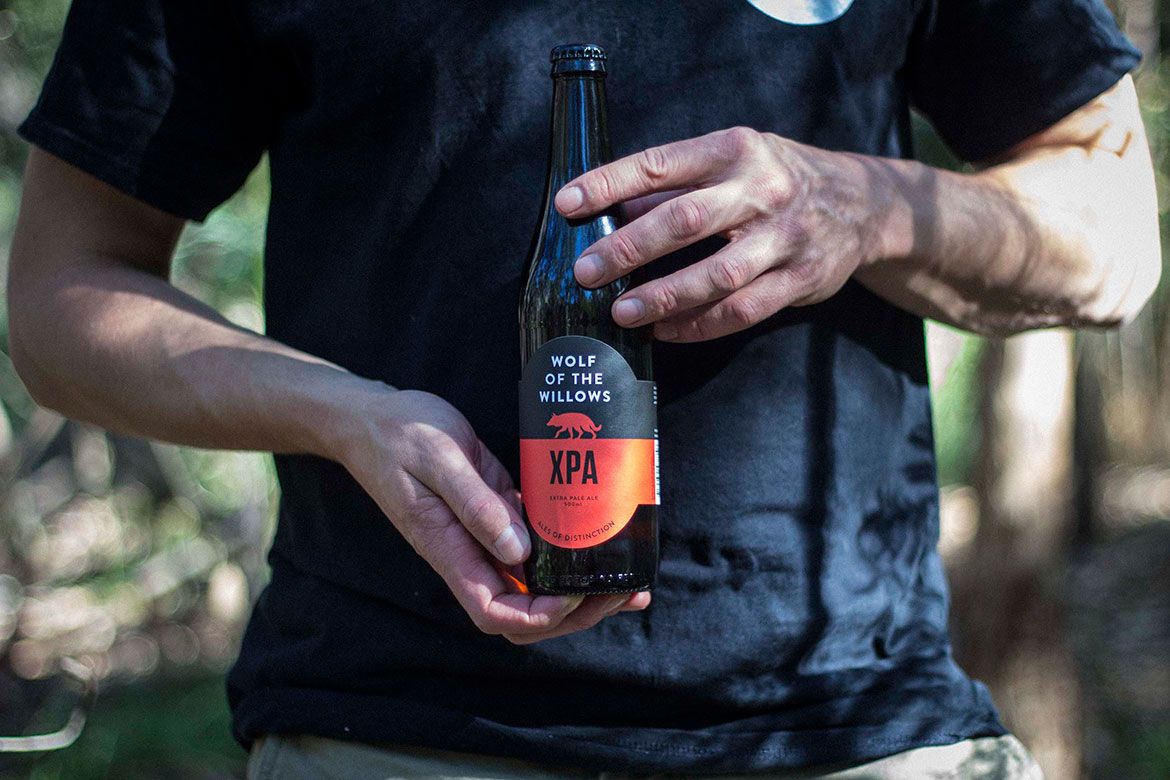
You may be wondering why The Crafty Pint is dedicating an article to a beer style which is so commonplace. Normally, such features on the site focus on those breaking new ground, or just starting to appear on these shores, whether they're here to stay – hazy pales for example – or more ephemeral – looking at you cold Bruts. However, XPA's ubiquity – especially when the style (or, perhaps, brand) doesn't exist anywhere else in the craft beer world with anything like the prominence it enjoys here – is reason enough for anyone paying attention.
A keen-eyed walk through a medium-sized bottleshop will likely reveal as many XPAs as pale ales in fridges, or at least more than those labelled session, Pacific or summer. It’s evidence that over the past near-decade the style’s stealthy ascendance now arguably sees it claiming the mantle of modern Australian pale ale, albeit one often dusted with American hops.
Beyond its most obvious examples, Australia’s 2020 bushfire fundraising Resilience Beer recipe arrived as an XPA, not an IPA like its predecessor was in America. Likewise, BrewDog’s Brisbane-brewed Punk, an early New Wave IPA proponent in the UK, is branded XPA here. And, despite their Pale Ale providing the lightbulb moment in many local beer epiphanies, the Little Creatures range now features an XPA. As, for that matter, does Coopers'.
Originally appearing in the US during the late Noughties – Deschutes’ Amory XPA from 2008, which featured the then-experimental Citra, is considered the moment the style debuted – XPA’s growth Stateside sees it in something of an "also ran" position, with American IPAs, and later hazies, instead capturing beer drinkers' hearts and mouths.
Early Australian examples manifested in a space between APAs and IPAs before settling into something which arguably better suits our climate, and Australian drinking culture, although the early inspiration came from further afield, according to Wolf of the Willows’ Scott McKinnon, who launched the brewing company with an XPA in 2014.
“Credit where it’s due, in the early 2010s I’d drank a couple in the US that were that lighter style," he says. "I was in LA and it stuck out to me – eating spring rolls with it, with coriander and the type of multicultural food we have Australia. It seemed to go really well with the food: that hot, dry heat, and that beach culture that’s combined with the city.
“Traditionally, an IPA has all that crystal malt that I don’t personally love.
“Taking from the fruity nature of Cooper’s Green, a lot of development at the time had delved into that style, and I understood that beer could have character.”
While XPAs eventually settled (for the most part) into a lighter-bodied, hop forward style, Scott says early on there were differing opinions about what one actually was.
“Riders Brewery is just around the corner from us, and theirs was that strong pale ale style. Gus [Kelly] and I would have great delight arm-wrestling about what the style should be. This was before there was anything else in market."
He goes on: “For me, I come from a culture where you drink relatively quickly, and lower ABV beers suit that. You can be social for longer, and enjoy more of the liquid. And with that city and beach culture, with higher alcohol you just feel fatigued.
“But giving Balter credit – they managed to take the style to so many parts of the country. Again, with that surf and city feel.”
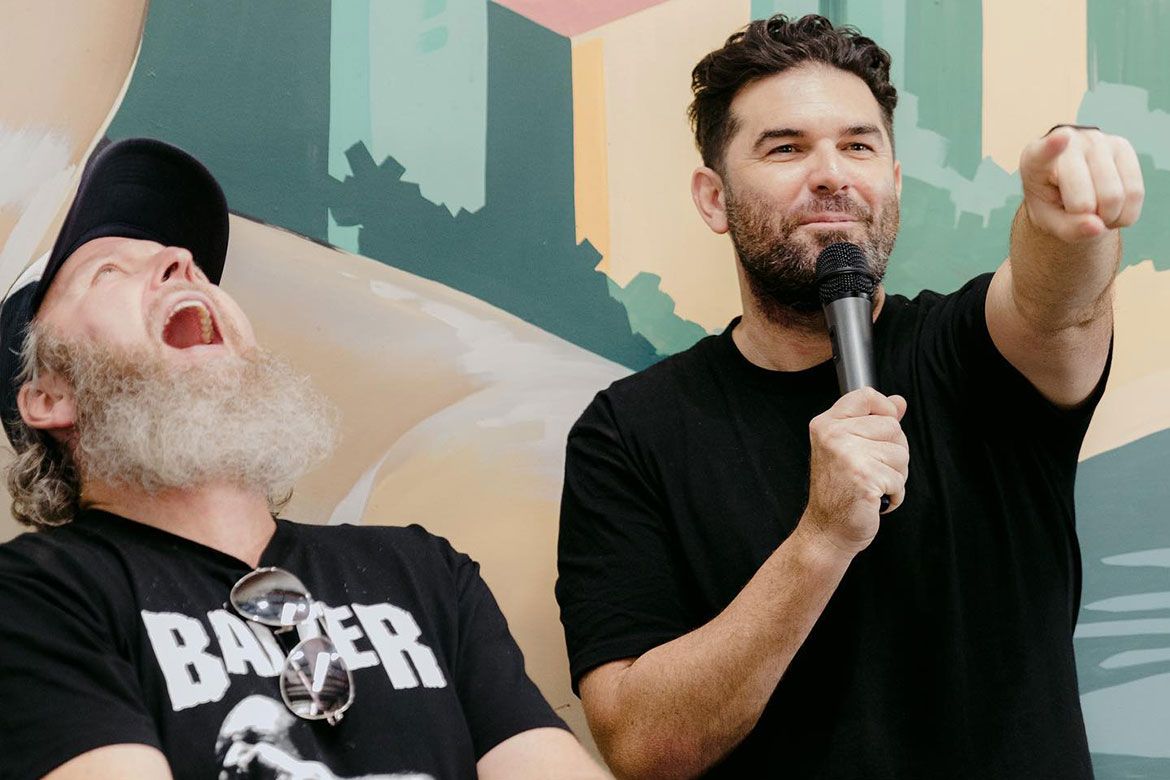
In 2016 – March 8 to be exact – a beer arrived from the Gold Coast which perhaps best evokes the Australian-style XPA feeling in the glass, or at least one which cemented the national take on the style: Balter XPA.
Head brewer Scotty Hargrave explains its inspiration.
“I had that beer done before I met Stirling [Howland, Balter's brand director and co-founder], and in my last few months at Stone & Wood I started to see hops like Citra and Mosaic. At one point at Stone & Wood I was throwing more Galaxy into beer than anyone else on the planet. The only parameter was up and down, and I just thought there must be more to it than just that. I was playing with hops at home, endlessly.
“I was just searching. I saw an article on 'What is an XPA?', and I thought, 'I’ll fucking show you what an XPA is to me.'.”
After leaving for Byron Bay Brewing in late 2013, his persistent tinkering eventually birthed Sandman, a 5.7 percent ABV IPA which won the 2015 Best Australian Style Pale Ale trophy at the Australian International Beer Awards – a sign of things to come regarding the definition of style. By this time Scotty was deep in Balter’s formative stages, with the soon-to-launch brewery in need of a core range and hero beer.
“I thought, 'If we are going to the trouble of building and funding a brewery, I didn’t want it to be another pale ale at the back of the line'," Scotty says.
“I’d been playing with it since 2013. This beer wasn’t about 2015, this beer is where beer is heading.
“I built the beer with a certain structure. I wanted to make a beer with all this expressive US hop character that you can come back to. The hops inspired me to keep searching and have everything hold together, and the killer punch was always in the double dry hop.
“When I got the recipe right at home, I tried to fuck it up really badly. I fucked the faders and it would fuck it up badly – too much cowbell!
“From that point on it’s been remarkably consistent. It scaled up from 50 to 500 to 4,000 litres, and now a 60 hec brewhouse with very little tweaking.”
The Modern XPA
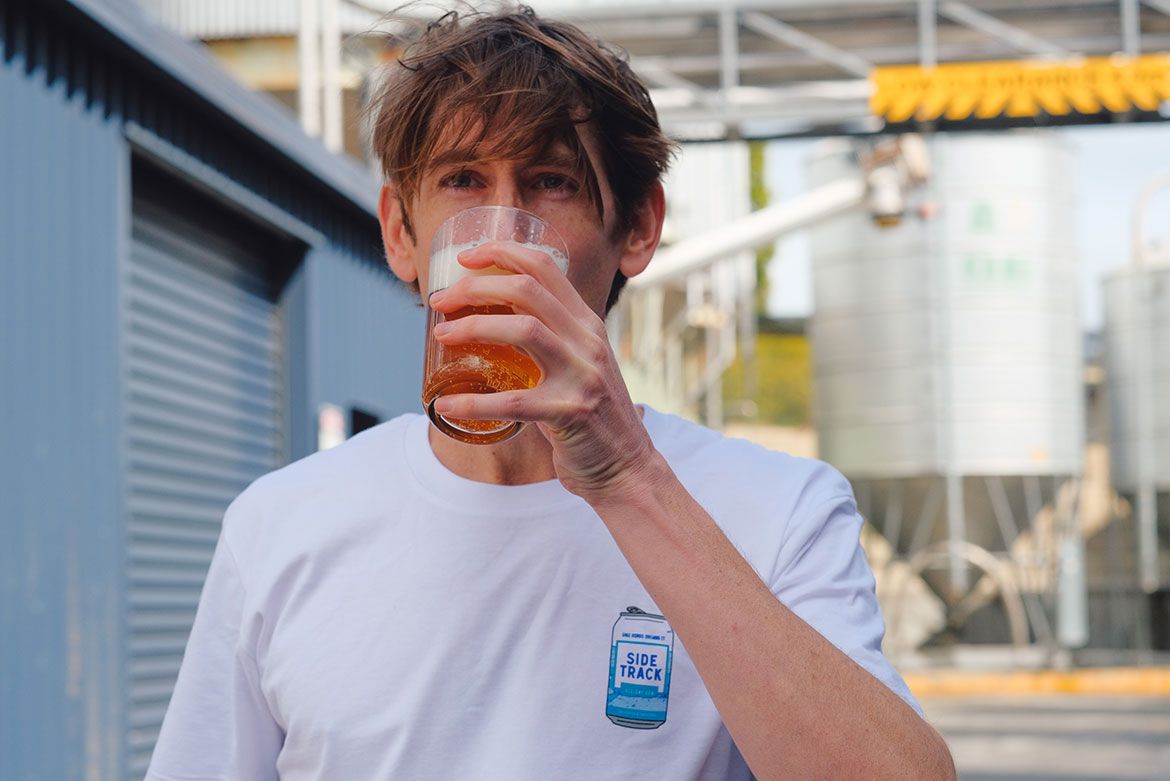
In the years since, many brewers have followed Balter’s lead along a path that pitches at market relevance as much as drinkability.
Released two years ago, Gage Roads Side Track XPA has become one of Australia’s fastest-growing examples, at a mid-strength ABV and now with the non-alc Yeah Buoy XPA as its sibling.
“XPAs are open to interpretation," Gage Roads head brewer Ross Brown (pictured) says, "but from my point of view the ‘X’ is for ‘extra’ pale in colour, and ‘extra’ hop character.
“XPAs are a great platform for big, fresh hop aromas. They bring plenty of flavour while maintaining balance and drinkability. They’re also great drinking all year around, and perfect for the Aussie climate.
“Ultimately, we wanted to brew a flavour-packed beer with maximum drinkability. A beer that you wouldn’t know was a mid, unless you looked at the can, and that was an XPA.”
Likewise, Cheeky Monkey’s decision to welcome an XPA into their refreshed core range came after years of consideration and, interestingly, at the expense of their AIBA gold medal-winning Pale.
“My first experience with XPA, and other pale ale variants, probably left me more confused than anything," operations manager Brendan Day says. "But I think the XPA evolution has resulted in a more defined style, which means customer expectations are more aligned with what they’re purchasing.
“What it offers now is a clear statement that this is a modern, new world pale ale. Expect something hop-forward, clean, refreshing. New world hops, unlike an Australian pale ale, subtle malt character, unlike an English pale ale, and reduced ABV with increased drinkability, unlike American pale ale.
“Honestly, I think XPA tells you just as much about what it’s not, as what it is."
Once again, the repeatability and social context of the Australian XPA bolsters its relevance, as Brendan explains.
“We really value drinkability in our core range beers, and we wanted something that was more refreshing, and less complex. We wanted the beer that we drink out of the tin on our mate’s porch, or that we throw in the esky without thinking when we’re going to the beach. Our Pale Ale was stunning, but you could argue a little too complex for those situations.
“The slightly lower ABV [in our XPA] has been positive in on-premise and following some lower alc trends, and the style name has helped us to communicate better what it is in the hyper-saturated packaged market.”
Undefined adoration
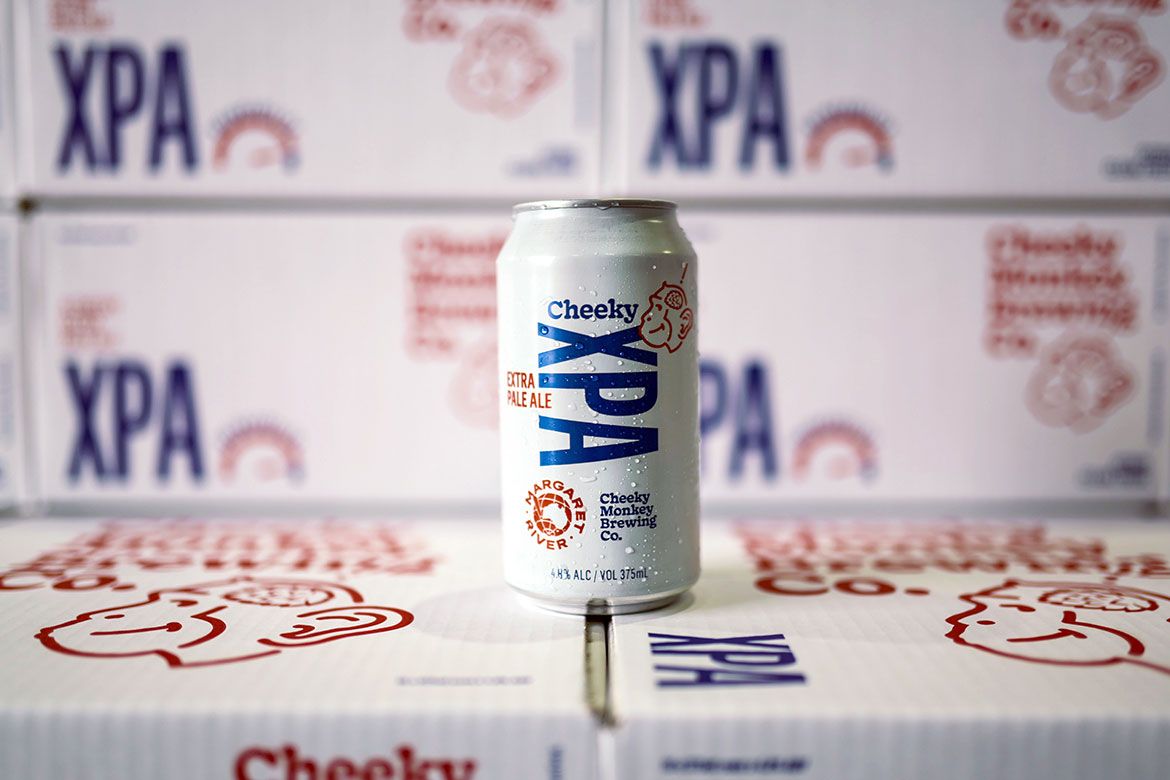
While Balter’s XPA helped broadly galvanise a more drinkable yet expressive sentiment, the style remains, even to this day, undefined. Other styles, like New England and hazy IPAs which have appeared on these shores more recently, have been quickly codified for beer judging, yet XPA shuffles in purgatory.
In 2018, two of the largest beer judging style guides, the US Brewers Association and Australian International Beer Awards (AIBA), split the then Australian-Style Pale Ale into Classic Australian-Style Pale Ale and Australian-Style Pale Ale. The distinction ensured that classic, yeast-driven Australian pale ales, like Coopers' classic, were not lost in the changing beer climate, yet XPAs remain – given their widespread availability and consumer awareness – oddly unaccounted for.
At The Indies, beers that sold as XPAs tend to fit under the New Zealand, International or Australian-style category, but Scotty Hargrave, who has played a key role in the IBA working group developing the style categories, notes that the XPA “doesn’t tick all the boxes of International Pale or Australian Pale”.
As someone who’s been part of the entire Australian XPA journey, Wolf of the Willows' co-founder Scott believes it’s time for inclusion.
“Personally, I don’t there’s a category that suits it well considering the prevalence of it in market," he says, "I’d love to see it like skating or surfing at the Olympics, where we bring it into beer judging as a wild card for one year. I reckon you’d get north of 300 entries for it.”
Is the future hazy?
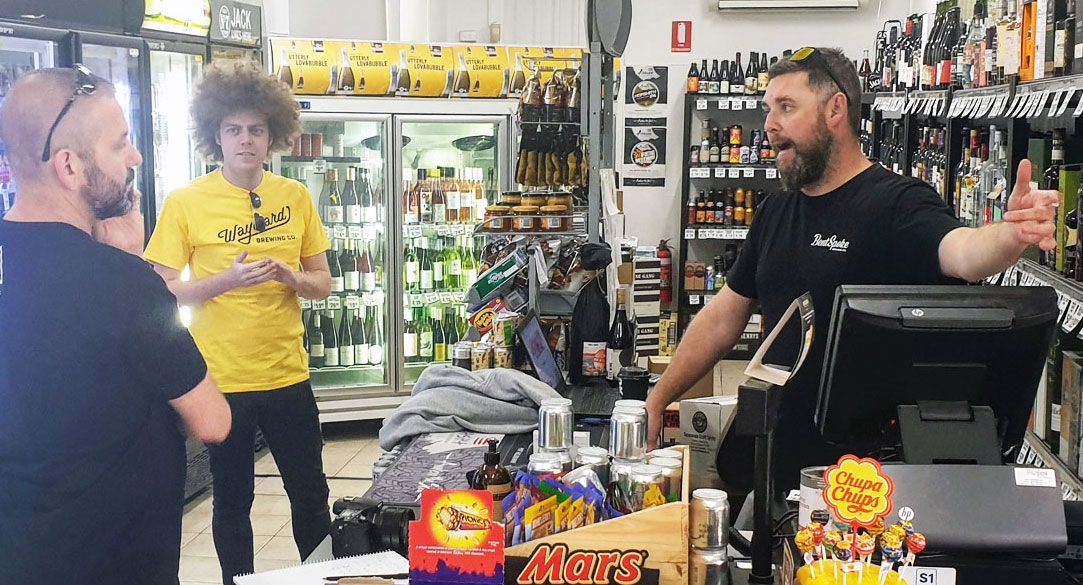
For Tim Rasheed, owner of Canberra's Page Bottler, he says with XPAs tending to cover a wide range of ABVs – including Heaps Normal's alcohol-free Quiet XPA that sits in his five top-selling beers – he tells customers they fall into two main styles.
“I always pitch it was somewhere between an American pale and an American style IPA, but there are obviously different variations on that theme,” he says.
“For our local heroes, with Capital XPA, it's what I’d consider to be a perfect balance between those.”
Capital's XPA was only added to their core range in September 2020, yet was the highest new entry in the GABS Hottest 100 last year then broke the top ten last month, and is closing in on the brewery's top-selling Coast Ale. It's the best-selling Capital beer at Page, and Tim believes much of the style's success has come from the tendency of breweries to package them in 16-can cases so they can keep the case pricing sharp.
“It’s not overly cheap, but 60 bucks gets you a little slab of beer to take home to fill your fridge up,” he says.
“I think it quite often comes down to pack size, and that 16-pack of a 4.5 or 5 percent beer is perfect.”
While he's witnessed XPA become a staple for many craft beer drinkers, Tim suggests there's another beer style centred on hop character and drinkability, but with a lower bitterness, that might mean we've already reached peak XPA.
“The biggest threat to an XPA would be a hazy pale in my opinion," he says. "Those tick a lot of boxes in terms of what people want.
“I think next year there might be fewer XPAs on the market and a whole bunch more hazy pales.”
Having said that, given the success of Balter and Capital's own XPAs in last month's countdown, he doesn't think we're going to see them fade away; instead, the established, popular brands will continue their growth but more fridge space will be given over to hazy pales, something that's already the case at Page Bottler.
“Not everybody wants a hazy beer so there will still be a market for them," he says. "But I think for breweries wanting to establish themselves without doing huge volumes into the chains, they will probably go more towards that hazy pale style rather than the XPA.”
Ultimately, the Australian XPA journey can be viewed as a study in Australian drinking habits, climate and palate growth. It’s a beer that’s been chosen by the people and, as a result, what was once dismissed as marketing spin has become both relevant and increasingly vital. It might not be a style that's been easy to place, yet XPAs do seem to suit almost any place.
“I see them solidifying their position as the modern pale ale," Brendan says. "XPAs are here to stay!"






